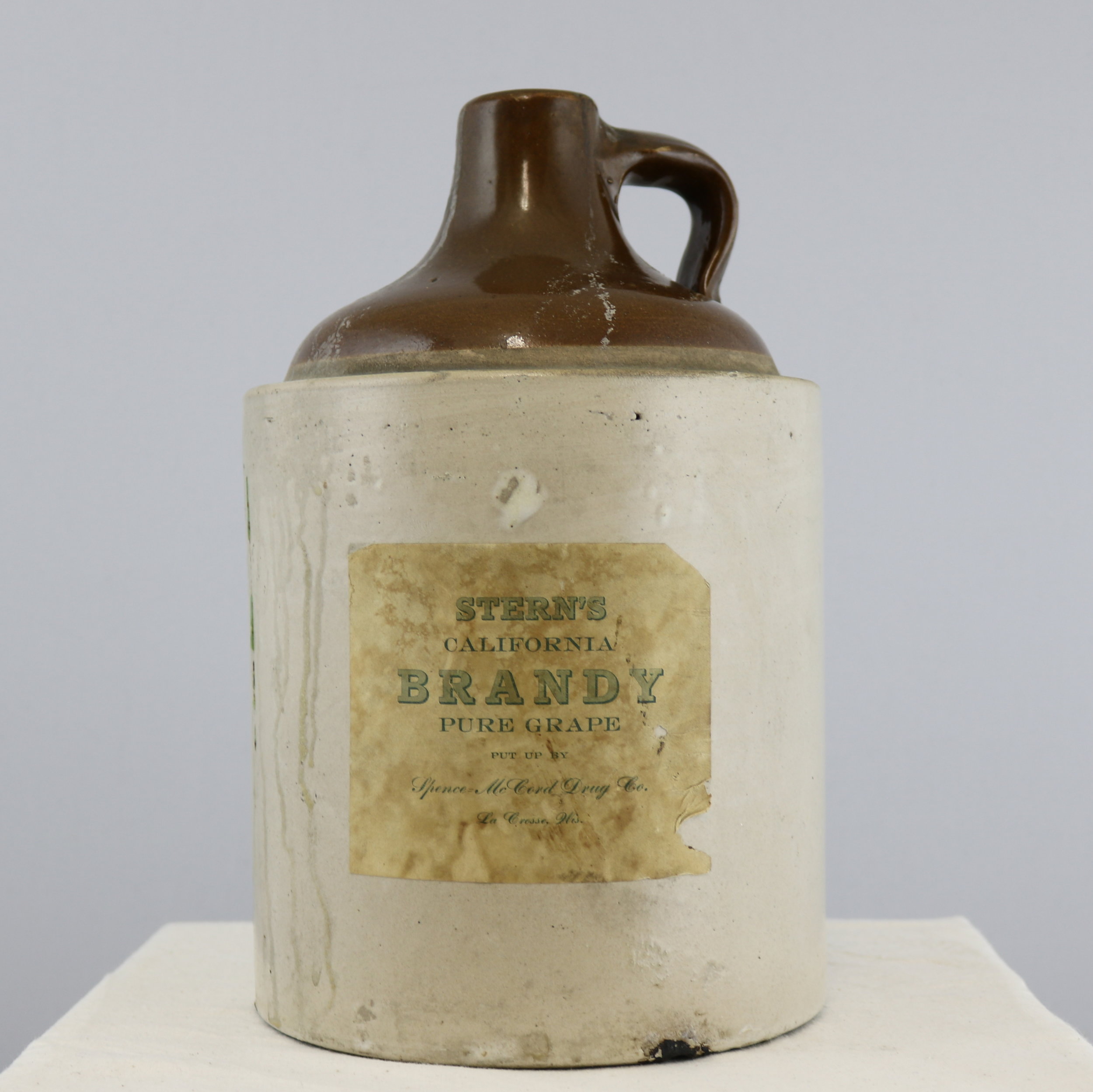Image Copyright La Crosse County Historical Society
Amy Vach
Catalog Number: 2019.022.01
This La Crosse Plow Co. field cultivator was used on a farm in La Crosse County.
Louise Leibl, Image Courtesy of the family
Last winter, Louise Leibl called the La Crosse County Historical Society. She said that she had a wonderful piece of La Crosse history that needed a good home, and she was 100% correct.
Leibl donated this cultivator to the La Crosse County Historical Society along with other items used on her family’s farm.
Her family once owned and operated a farm in Smith Valley, La Crosse County.
In 1863, Louise Leibl’s great-grandfather Jacob Weimar, along with his two brothers, purchased 160 acres of what later became a 240-acre farm. Over the years, the family grew and added 16 buildings to their property, including an icehouse, machine shed and horse barn. Louise’s ancestors continued farming on the property. Louise grew up on the farm and spent her adult years working and caring for it.
The field cultivator has a wooden frame with residual red paint that would have once covered the wooden surfaces. The black stenciled lettering on the sides is still clearly visible. It reads “La Crosse Plow Co./La Crosse, Wis.,” and on the other side, “LA CROSSE.” The small metal piece protruding from the end of the plow next to the hitch is a wrench to loosen the square bolts on the blade to change it.
Leibl had fond memories of using this cultivator to plant potatoes. She said that her family used this plow for decades before she was born in 1930 and she continued to use it throughout her life on her farm.
Unfortunately, Louise Leibl passed away in June 2019. I am glad that I had the opportunity to visit with her and hear stories of her family’s life on the farm. La Crosse County Historical Society is happy to preserve and share her stories of farming in La Crosse.
This article was originally published in the La Crosse Tribune on September 14, 2019.
This object can be viewed in our online collections database by clicking here.





